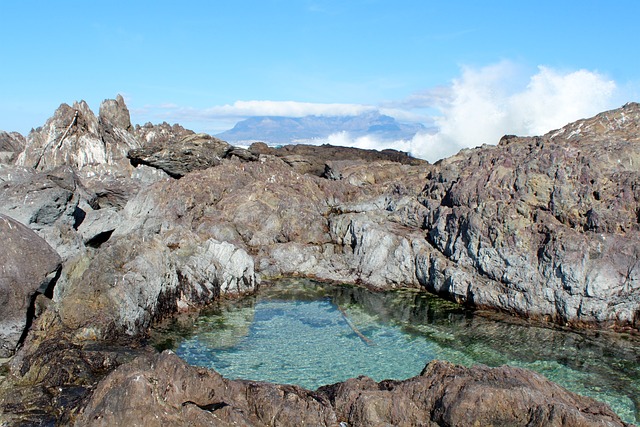
Protected areas are special areas created to protect natural conditions and biodiversity.
An area , a term that comes from the Latin area , is a space or land that is delimited in some way , whether physical or symbolic. Protected , on the other hand, is that which has protection (protection, shelter).
Protected areas , in this framework, are special sectors that are established with the aim of caring for their biodiversity and natural conditions. These areas are subject to a particular legal regime to ensure their adequate conservation.
By establishing a protected area, authorities try to minimize the impact of human action on the environment. It is possible that in a protected area it is not allowed to build, drive a car or light a bonfire, to name a few actions that threaten nature.
Types of protected areas
There are different types of protected areas according to the legislation of each country. A protected landscape , for example, is a natural territory that is conserved for its cultural and aesthetic qualities. In this particular case, humans may have even significantly intervened in the environment; However, the resulting combination of their actions and nature's response has given a well-defined area, with unparalleled beauty and incalculable value from a cultural or ecological point of view.
It is worth mentioning that the protected landscape can be marine or terrestrial. Among the most significant examples are the Las Lagunetas Protected Landscape , located on the island of Tenerife ( Spain ) and the Santa Teresa National Park . The latter is called "national park" although it is not the category to which it belongs, which is defined below; The inconsistency is due to the fact that it was baptized years before the classification system we use today was implemented.

Protected areas seek to minimize the impact of human activity in the sectors in question.
Ecological reserve and national park
When you want to contribute to the conservation of the fauna, flora or geology of a place, you can create a protected area known as an ecological reserve or nature reserve : the Buenos Aires Ecological Reserve ( Argentina ), the Sierra Natural Reserve of Malcata ( Portugal ), etc.
The national park is another type of protected area that has an extraordinary legal status. These are spaces in which there are one or more ecosystems that are not significantly threatened by human action, since they are not exploited or occupied to the point of being able to alter them considerably. Some of the most important examples within this category are Uruguay 's Cabo Polonio National Park , South Africa 's Table Mountain National Park , and China 's Lake Tai National Park .
In national parks we can find animal and plant species, habitats and geomorphological sites of great interest for science, the field of education or even the recreation industry. Needless to say, the beauty of these landscapes has almost no rivals, and that is why they are often used by filmmakers to shock the public with scenarios that often seem like fantasy to those who have never left the city.
Natural monuments, other protected areas
Another space that we can consider within the group of protected areas is the natural monument , where it is common to find one or more well-defined natural elements that represent incalculable value at the national level, such as threatened habitats -both of plant and animal species-, a site seen only there or very particular geological formations.
In the same way as in most of the previous cases, human intervention in a natural monument is not always allowed, or must be subject to a very strict level of control and cannot be on a large scale.
